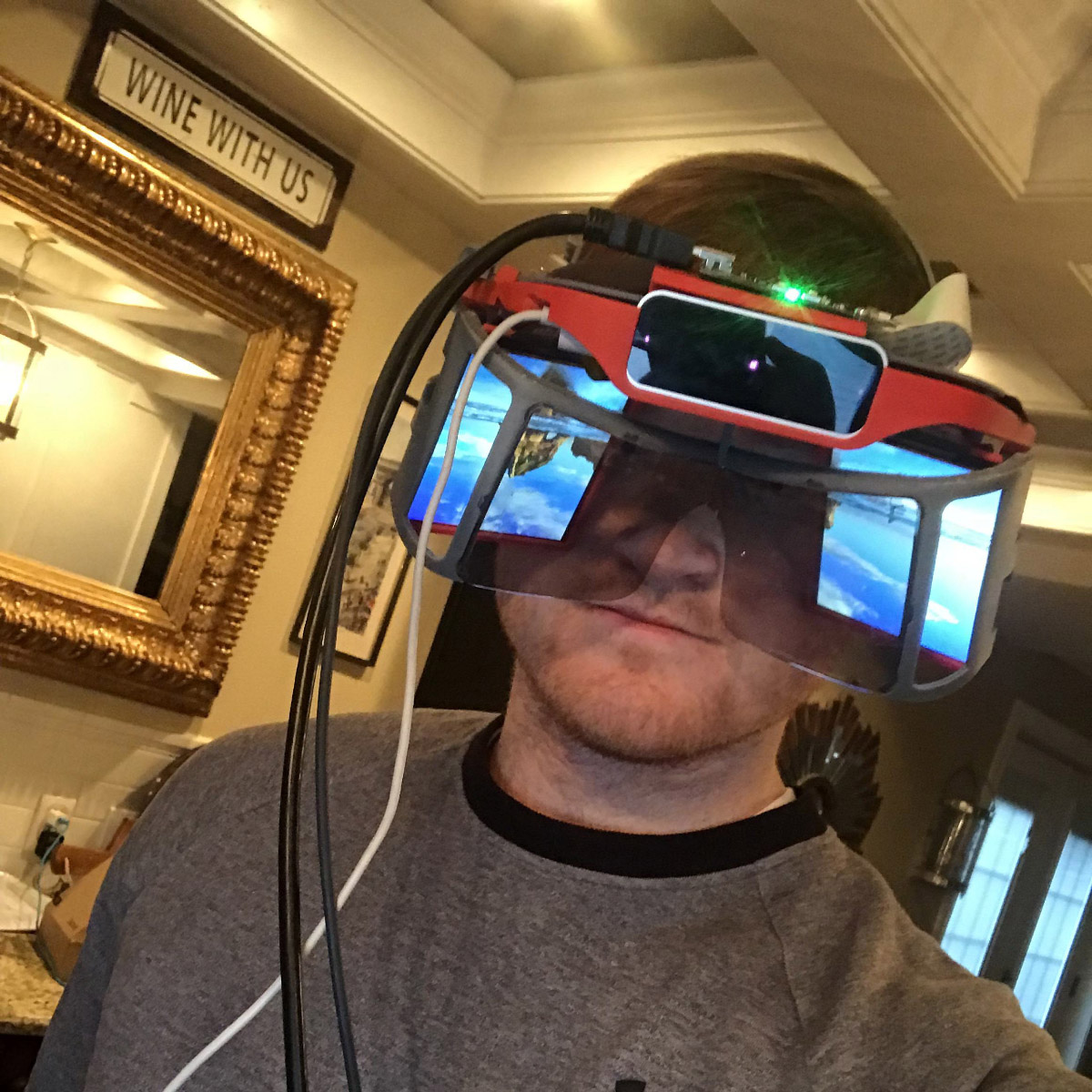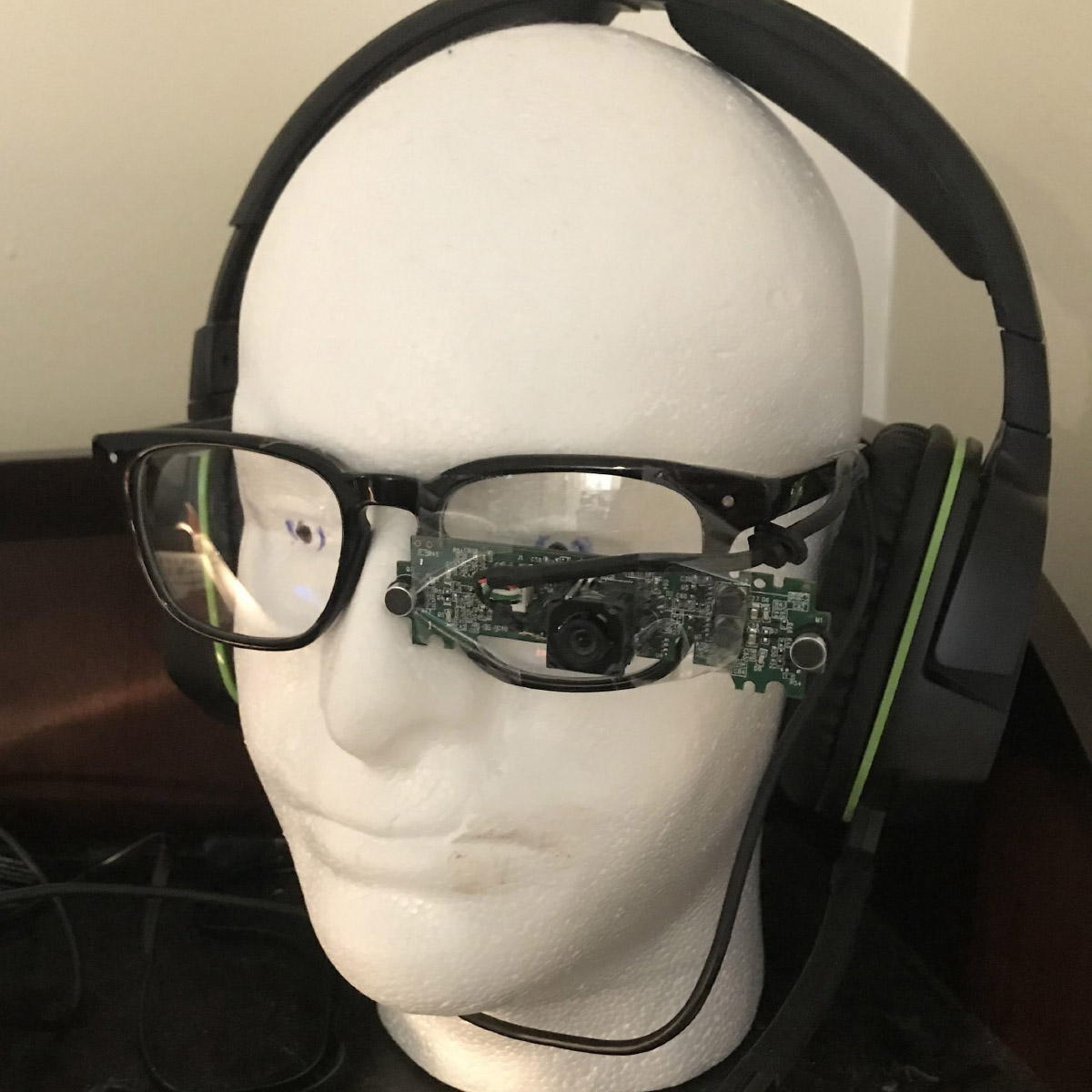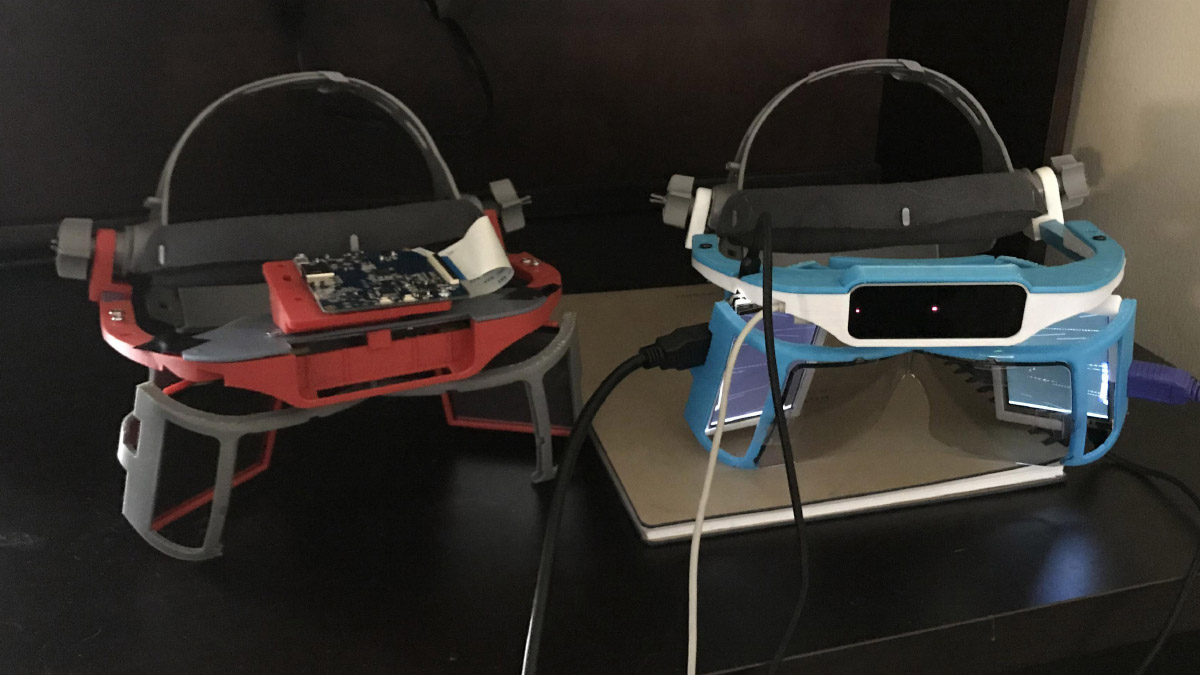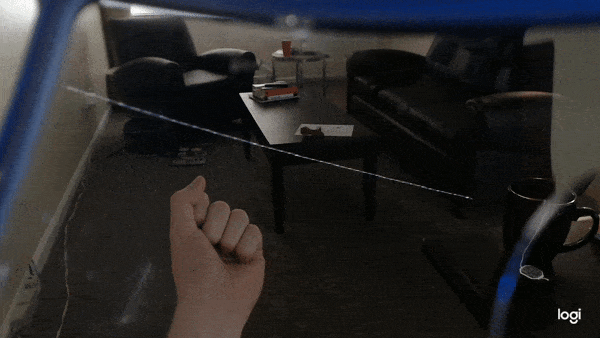 Over the past few months we’ve hit several major milestones in the development of Project North Star. At the same time, hardware hackers have built their own versions of the AR headset, with new prototypes appearing in Tokyo and New York. But the most surprising developments come from North Carolina, where a 19-year-old AR enthusiast has built multiple North Star headsets and several new demos.
Over the past few months we’ve hit several major milestones in the development of Project North Star. At the same time, hardware hackers have built their own versions of the AR headset, with new prototypes appearing in Tokyo and New York. But the most surprising developments come from North Carolina, where a 19-year-old AR enthusiast has built multiple North Star headsets and several new demos.
Graham Atlee is a sophomore at High Point University in North Carolina, majoring in entrepreneurship with a minor in computer science. In just a few months, he went from concept sketches and tutorials to building his own headsets. Building augmented reality demos in Unity with North Star is Graham’s first time programming.

Graham records his North Star videos through a hacked Logitech webcam. (As this lacks a heatsink, it’s not recommended for use by anyone.)
“You have to go in and click around, and see what breaks this and that.” For Graham, it’s been a mix of experimentation with computer science textbooks and (naturally) Stack Overflow. Coding “was kind of daunting at first, but it’s like learning a language. Once you pick it up it becomes part of you.”
On the hardware side, Graham is entirely self-taught. He was able to follow build tutorials from Japanese dev group exiii, which include links to all the parts. “Assembling the headset itself is pretty stressful. Be careful with the screws you use, because the plastic is kind of fragile and can crack.”

Augmented reality is going to change the Internet and surpass the World Wide Web. Click To TweetGraham built his first North Star headset using reflectors from exiii, and later upgraded to higher-quality injection-molded lenses from Wearpoint founder Noah Zerkin.
“Augmented reality is going to change the Internet and surpass the World Wide Web. I think it’s going to be bigger than that. It might sound ridiculous or idealistic, but I truly believe that’s where it’s going.” But the real impact of AR however won’t be felt until the latter half of the 2020s. “People in the AR industry like to argue from analogy – ‘this is where the iPhone was.’ The more cynical people say it’s closer to Alan Turing’s machine.”
We need help to figure out what we call the TUI (Tangible User Interface). With North Star I’ve realized how important hands are going to be to the future of AR. Click To TweetBy starting a new sharing site – Pumori.io, named after a Himalayan mountain – Graham hopes to collaborate with the open source AR community to explore and create new ways of manipulating information.
“Ideally, we want a situation where anyone can build an AR headset and run spatial computing applications on it. We need help to figure out what we call the TUI (Tangible User Interface). I want to explore rich new interactions, provide stable 3D interfaces, and open-source them for people to use. With North Star I’ve realized how important hands are going to be to the future of AR.”

